Energy storage may still be cost-prohibitive to some homeowners, but installing solar so batteries can be added later can make the transition smooth when they’re ready to make the investment.
In California, this practice will be mandatory for new single-family residential builds starting in 2023. The 2022 California Energy Code says these homes, which are already required to include solar installations, must be wired so energy storage systems can easily be added later. That includes installing a minimum 225-amp busbar, four backed-up circuits (two of which must be the refrigerator and bedroom receptacle outlet), and either a subpanel or split-bus main panel for those circuits.
There are a number of other considerations that can make life easier for both the installer and homeowner when planning storage-ready solar projects.
Inverter choice
Installers should carefully consider what type and brand of inverter to use for solar projects when storage is planned as a later addition. Hybrid or battery-enabled inverters are built ready to accept a battery on the DC side. In a grid outage, hybrid inverters connected to batteries can switch to off-grid mode temporarily and continue to power the home.
“Inverters continue to get more and more sophisticated in the way they interact with the grid, so we have our advanced technology inverters that can react to grid conditions, to support the health of the grid,” said Ken Boyce, senior director of principal engineering, industrial, at UL.
To add storage to microinverter-based systems, an additional inverter will need to be installed to link the solar and storage together. Manufacturers of AC-coupled systems like Tesla include both the battery and inverter in one enclosure.
California installation company Renova Energy is a SunPower dealer installing AC modules that convert the electricity at the panel.
“We have to keep that same technology consistent with the way that we build our solar systems, so we immediately started looking at AC-coupled battery systems such as Tesla,” said Matthew De La Torre, VP of engineering at Renova Energy.
If battery supply is unavailable or if the customer isn’t yet ready to invest in storage along with solar, Renova will sometimes upgrade the main electrical service panel, install an additional subpanel and add extra conduit to easily connect a battery when the time comes.
“Some things we do are increase conduit sizes or add additional conduits between certain electrical boxes and components so that when it’s time to install the battery, there’s going to be a lot less drywall or stucco work that has to be done,” De La Torre said.
Interconnection plans
Batteries added on the AC side of the system will change the nameplate capacity of the project, which would change a homeowner’s interconnection agreement with the utility and require a re-evaluation.
“I would hope that if folks are adding in AC-coupled storage, then they realize that is adding nameplate capacity and that requires a new connection application or a revised interconnection application. For some of these things, it might not be completely obvious that should be done,” said Brian Lydic, chief regulatory engineer at the Interstate Renewable Energy Council.
Even DC-coupled storage could change the hours of the day a homeowner is able to export power to the grid, so the utility should be informed of it. The utility might require additional equipment like a power control system or other proof that the battery is set up to charge only from the PV system to ensure the installation is abiding by export rules.
“The DC-coupled solution is probably still going to be easier from an interconnection process perspective, but you may still need a power control system in order to get through the process, depending on how flexible you want your storage to be, compared to the way you’ve been using it with your PV system,” Lydic said.
Power control systems are combination hardware/software solutions that are made by specific inverter manufacturers. They’re programmed to manage the energy exports to fit within the constraints of the distribution system and also prove compliance with net-metering rules. Solar + storage projects are generally approved by the utility faster when they have this automated system in place.
“Some utilities have limitations about how energy that’s stored in an energy storage system may be put back on the grid, so there’s an option for equipment to be certified such that the power control system has been evaluated to inhibit that type of functionality,” Boyce said. “That can be really helpful to build confidence as more energy storage is being deployed.”
Safety and compatibility
Whether the future storage will be AC- or DC-coupled to the solar project, safety and code compliance are paramount.
“It’s really important that the specific combination of the battery system and the inverter have been evaluated for safe compatibility,” Boyce said.
Inverters and batteries manufactured by the same company are the easiest choice for ensuring compatibility, but different brands are often used due to existing partnerships and product preference. Compatibility can be tested by labs like UL or tested in the field. All projects will be inspected by the local AHJ to ensure the equipment is installed up to code.
“One of the challenges is, as you start to add different sources or you change the capacity of your sources or you’re adding the different components like energy storage systems, you could have a change in the electrical ratings of the system,” Boyce said. “We always want to make sure that the equipment that’s being used in that system has the appropriate electrical ratings to be able to handle the actual electrical load that’s presented.”
Energy management
Some manufacturers are offering stand-alone power control systems with an eye toward the smart-home future. Schneider Electric recently released its Square D Energy Control Center (ECC), an all-in-one enclosure that integrates the home’s main panel and backup panel and includes inputs for solar inverters, batteries and generators. When paired with the company’s EcoStruxure Microgrid Operation (EMO), the system can autonomously instruct the Energy Control Center to charge, discharge or idle a battery depending on the optimal use of energy throughout the day, factoring in utility tariffs, peak demand charges and load spikes.
“You’re putting in a solution that is expecting that you will come back and put a generator in, it’s expecting that if you didn’t put the battery in at time of installation, that you are going to do that sometime in the future,” said Brad Wills, director of strategic customers and programs at Schneider Electric. “You’re literally coming back and you’re adding the battery to the existing enclosure and you’re not adding another enclosure, you’re not ripping up the drywall, you’re not having to re-stucco the outside of the house.”
Power control systems give homeowners the flexibility to choose and change which critical appliances to provide backup power to when storage is added to the system. Manufacturers like Lumin and Span make standalone smart circuit solutions that would be helpful for future storage additions and microgrid management as well.
“It’s not a one-off that someone’s going to have more than one source of power. That is the new standard and it’s going to happen, so why wouldn’t you build the home to be prepared for it?” Wills said.
Updated 12/27 to clarify that Lumin and Span products also enable microgrid management.

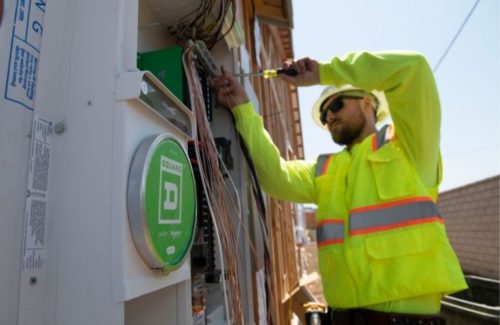
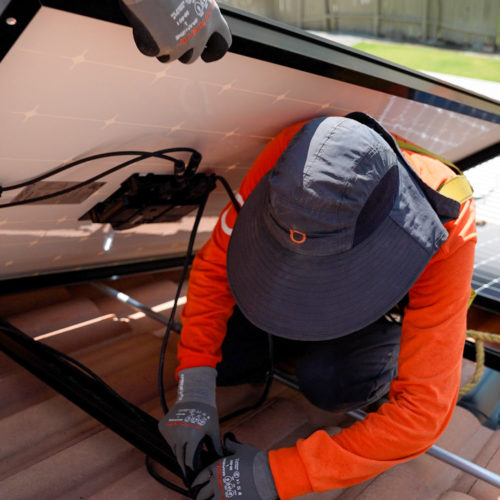
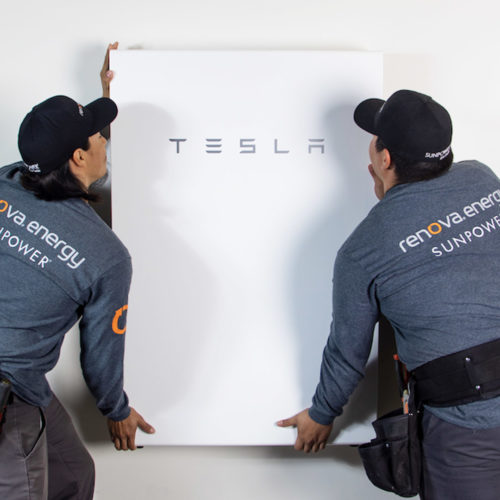
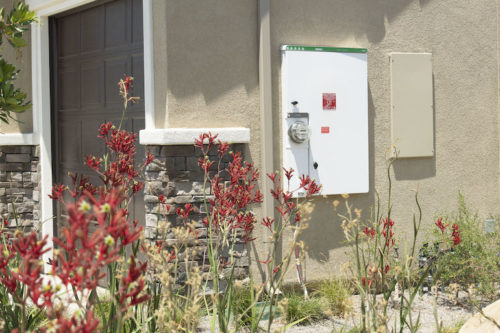
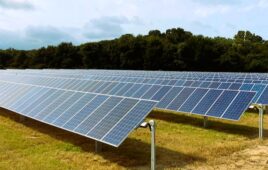

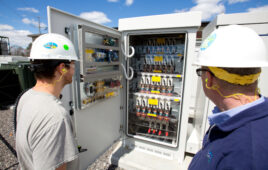
For all the big talk that CA has with regard to mandating solar/storage ready homes, they sure don’t act very friendly when it comes to making it easy to implement.
*cough*PG&E*cough*
https://www.savecaliforniasolar.org/sign-petition/
*cough*California State Licensing Board*cough* https://www.solarpowerworldonline.com/2021/07/california-state-licensing-board-c10-contractors-solar-storage/
“The 2022 California Energy Code says these homes, which are already required to include solar installations, must be wired so energy storage systems can easily be added later. That includes installing a minimum 225-amp busbar, four backed-up circuits (two of which must be the refrigerator and bedroom receptacle outlet), and either a subpanel or split-bus main panel for those circuits.”
Ran across another article recently perhaps Utilitydive that in California with these construction demands, if one is buying a tract home or building a home the IRR (Internal Rate of Return) is 40% on new construction for this energy storage upgrade and is still at an IRR of 20% for existing homes as a retrofit. ESS companies and even solar PV component companies have responded. Enphase is now offering the energy backup system to their IQ7+ micro-inverters and SolarEdge is also offering a backup resiliency package. Then there’s entities like GENERAC (Pika), Briggs & Stratton (Simpliphi), Humless Universial, Panasonic, LG ‘Energy Solutions’, TESLA. The list is growing longer every year.